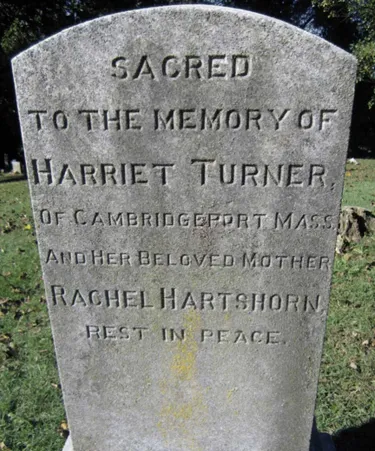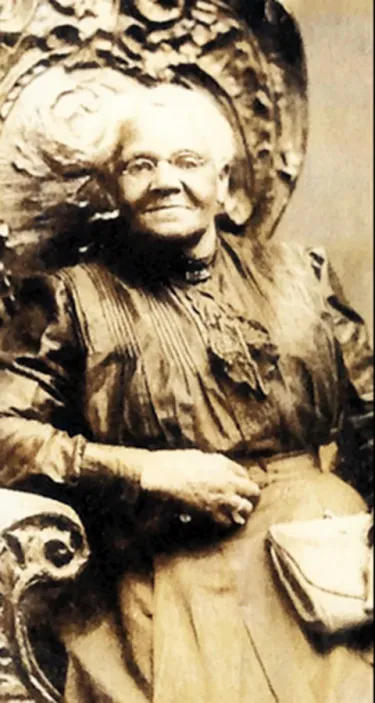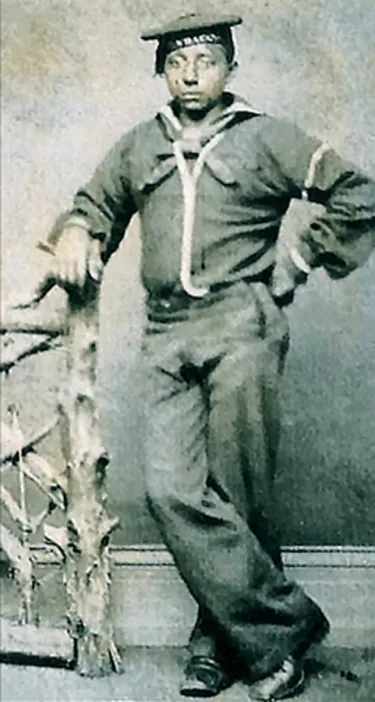Galloway Methodist Church
Virginia
306 Annandale Rd
Falls Church, VA 22046
United States
This heritage site is a part of the American Battlefield Trust's Road to Freedom Tour Guide app, which showcases sites integral to the Black experience during the Civil War era. Download the FREE app now.
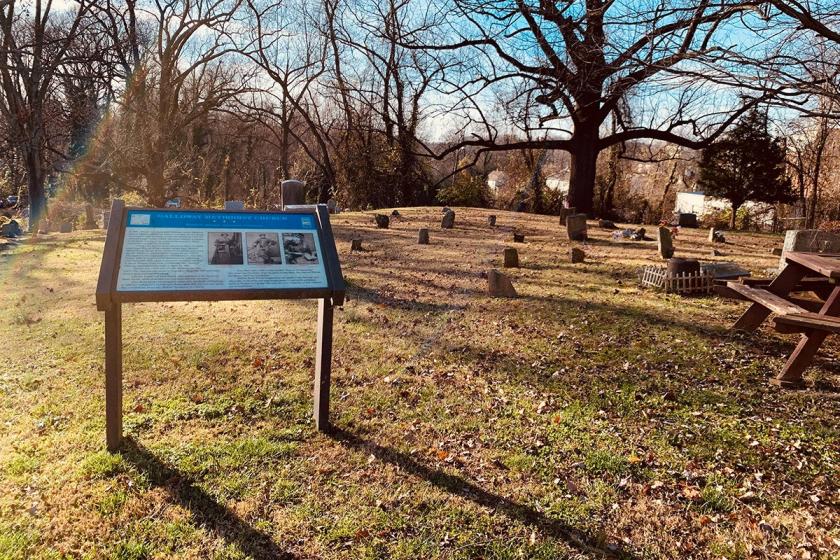
Galloway United Methodist Church has been an important gathering place for multiple generations of the Black community in Falls Church. Together with their congregation, church foundation George and Harriett Brice demonstrate how Black men and women embraced freedom in northern Virginia both during and after the Civil War.
The land on which Galloway United Methodist now sits was once part of the Dulany Plantation, one of several large farms owned by John Dulany in Fairfax and Loudon counties. After the Civil War, when much of northern Virginia’s farmland had been destroyed, Dulany began dividing up and selling his landholdings. A Black couple named George and Harriett Brice became owners of a piece of the former Dulany Plantation in Falls Church.
Harriett Brice

Both George and Harriett had been born into slavery, and it is unclear how the pair met. Records indicate that Harriett gained her freedom sometime prior to 1860, but George did not escape enslavement until the Union army arrived in northern Virginia in 1861. Two years later, George enlisted in the 6th Regiment United States Colored Troops, which was organized near Philadelphia, Pa., and later saw action in Virginia and North Carolina.
Claim of George Brice, 1871
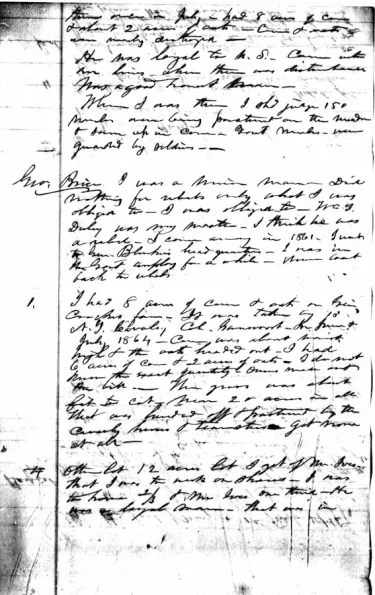
In 1864, Harriett purchased a 12-acre plot carved out from the Dulany Plantation and George returned from military service to work the new farmstead soon after. George also tended to the nearby properties of absentee landowners in exchange for a portion of their crops. At some point, the Brices began hosting religious meetings in their home and were encouraged by a white minister to start their own church. With financial support from the Black community and a retired Union colonel who George worked for, the Brices purchased another piece of the Dulany Plantation in 1867 and began building what would later become Galloway United Methodist. According to local tradition, the site of the new church had long been used as a secret place of worship by enslaved people on the Dulany estate.
Map of Falls Church, 1878
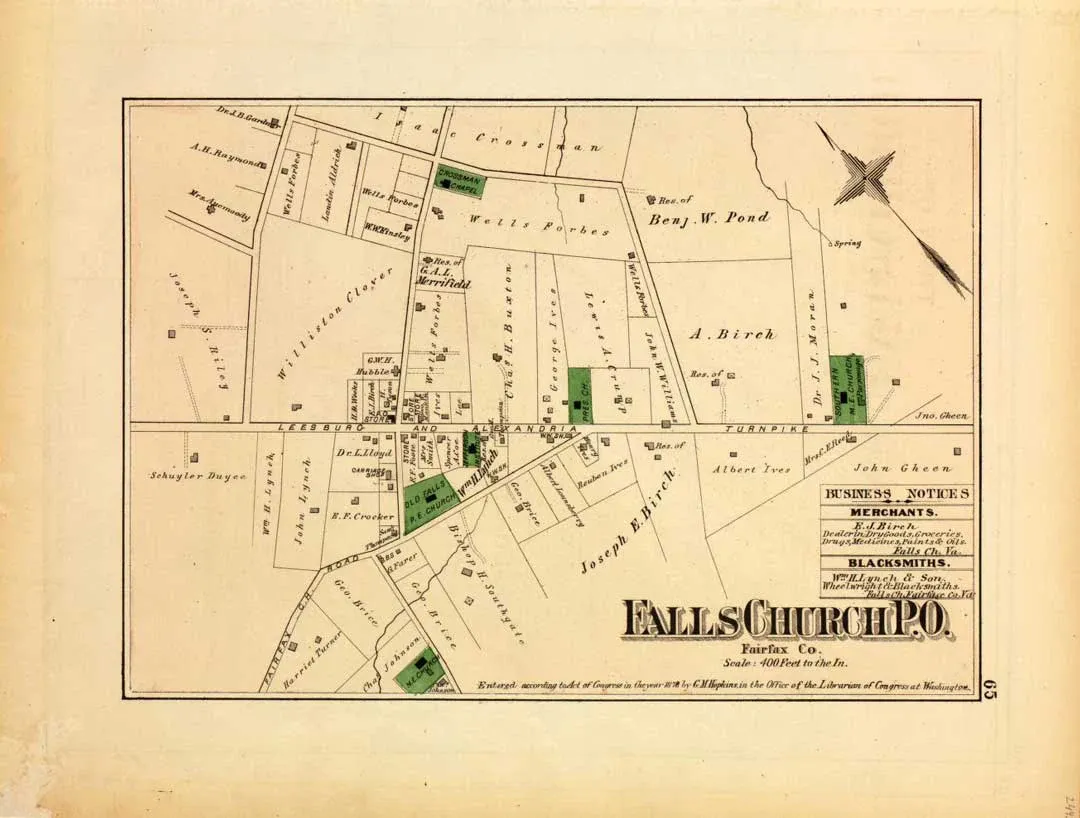
Harriett Brice and Family
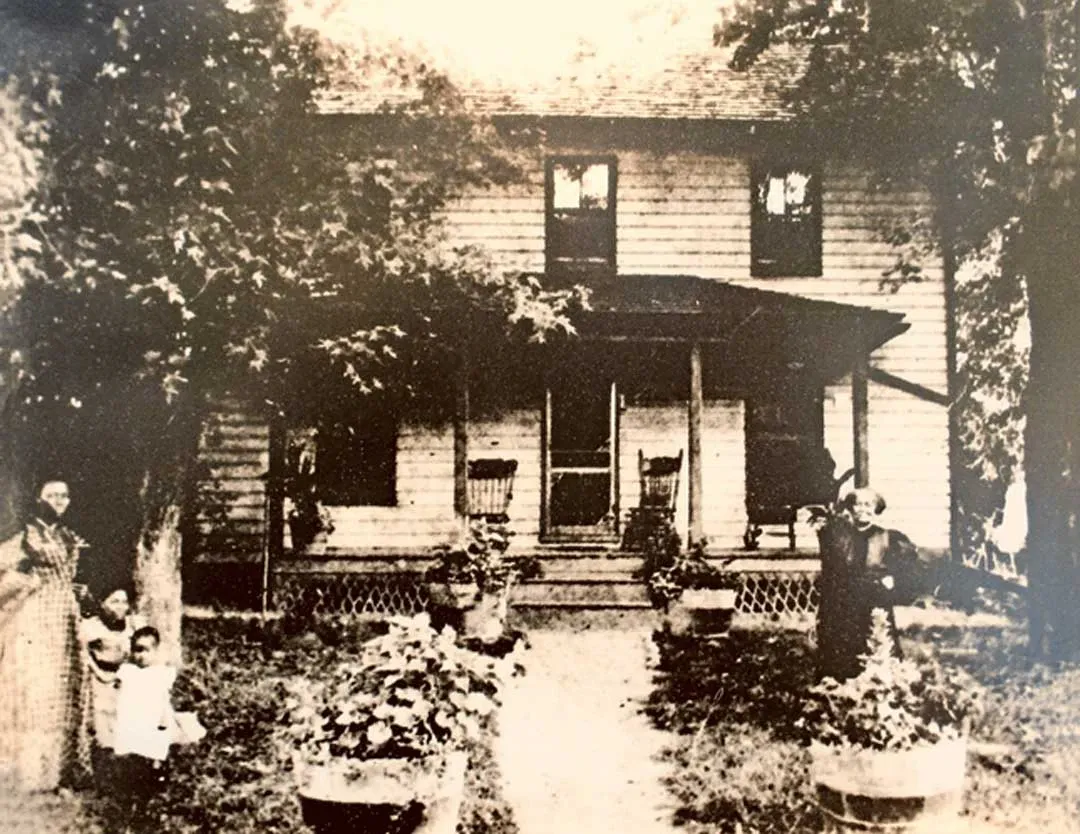
More than a century and half after Galloway United Methodist’s founding, George and Harriett Brice now rest alongside one another in its historic cemetery. The Brices are joined by numerous other notable African Americans, a clear indication of the important role this church has played in local Black history.
Additional Notable People Interred in the Cemetery
